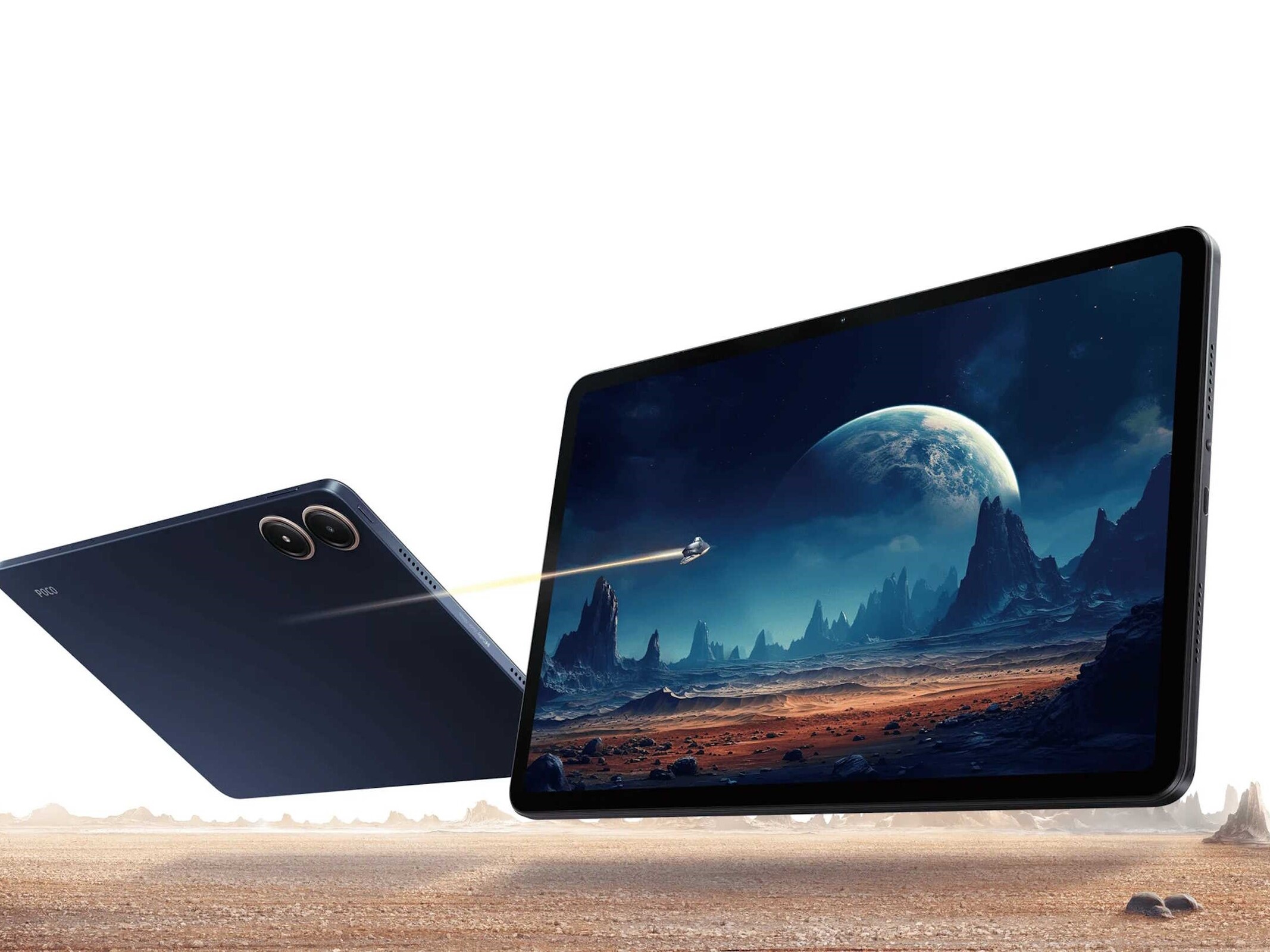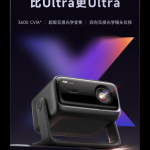Xiaomi seems poised to expand its tablet lineup under the POCO brand, as recent certifications and leaks suggest a globally marketed POCO Pad—or variant—could be imminent. These filings hint at cellular connectivity, multiple regional variants, and a device built to compete in the midrange tablet segment.
Below is our consolidated view, combining regulatory filings, past product strategy, and credible leaks to paint a clear picture of what the POCO tablet may offer.
Regulatory Filings Point the Way
GSMA Database Entries: 25128PC17 Series
Manufacturer and regulatory filings in the GSMA database have revealed three model identifiers: 25128PC17 L, 25128PC17 G, and 25128PC17 I, likely representing Latin America (L), Global (G), and India (I) versions of the same device. These listings strongly suggest the device will support SIM/cellular connectivity.
These GSMA entries confirm Xiaomi as the manufacturer and link the product to the POCO brand.
FCC Certification: POCO “2509ARPBDG”
A device under the model number 2509ARPBDG has passed FCC certification, boosting the case for a U.S. (and thus broader global) launch. The FCC listing includes support for Wi-Fi 6 and Bluetooth, and hints at the international variant.
Associated keyboard accessories (model 25096KB7FG) have also surfaced in multiple certification databases, suggesting POCO is preparing an ecosystem around the device (keyboard, perhaps stylus, etc.)
Possible Branding & Positioning: POCO Pad SE / M1?
Given Xiaomi’s pattern of launching global variants under POCO (versus Redmi in China), the tablet could be named POCO Pad SE, POCO Pad 4G/5G, or POCO Pad M1 in various markets.
In fact, Spanish-language leaks describe a POCO Pad M1 as a budget tablet intended for global markets, with its Chinese counterpart expected to be named Redmi Pad 2 Pro.
Expected Specs & Features: Leaked Rumors & Wise Inferences
While certification listings do not reveal full hardware breakdowns, leaks and product comparisons help us sketch a prospective spec sheet:
| Feature | Rumored Capability / Typical Spec |
|---|---|
| Screen | 12.1″ LCD, 2.5K (≈2560 × 1600) resolution, 120 Hz refresh |
| SoC | Possibly Snapdragon 7s series (Gen 3 or Gen 4) |
| Memory / Storage | 6 GB RAM + 128 GB storage (expandable) |
| Battery | Around 12,000 mAh, with ~27 W fast charging |
| Connectivity | Wi-Fi 6, Bluetooth; cellular LTE/5G (SIM support) |
| Cameras | Likely modest (8 MP front and rear) |
| Software | HyperOS (Xiaomi’s evolving Android-based OS) |
These numbers put it firmly in the upper-midrange tablet bracket: ambitious in certain areas (display quality, battery), but likely not competing directly with high-end flagships.
Strategic Rationale: Why POCO Tablet?
1. Global Reach & Brand Differentiation
Using the POCO name globally allows Xiaomi to position this tablet outside the Chinese-only Redmi nomenclature, targeting markets where POCO has strong recognition.
2. Complementing the Redmi Pad Line
Xiaomi already offers the Redmi Pad (non-cellular) and Redmi Pad Pro in some markets.
A cellular-capable POCO Pad variant could fill a gap: a mid-tier tablet with 4G/5G that doesn’t overlap with premium flagship tablets.
3. Accessory Ecosystem & Productivity Angle
The surfaced keyboard accessory suggests Xiaomi is positioning the POCO tablet as not just a media device but a productivity tool—potentially encroaching on ultra-light laptop territory.
4. Capitalizing on 2025–2026 Tablet Cycle
The tablet market is seeing renewed interest, particularly in multimedia and productivity hybrids. Xiaomi may be intending to ride that wave.
Launch Timeline & Market Expectations
- Near-Term Launch: Filing activity suggests a possible roll-out before end of 2025.
- Staggered Regional Releases: Variants (L, G, I) suggest Xiaomi will localize models per region (e.g., Latin America, India, Europe).
- China First / Later International Release: As with many Xiaomi devices, it’s likely the Chinese version (Redmi branding) will launch first, followed by POCO-branded global models.
- Price Bracket: If rumors hold, expect a mid-tier pricing strategy—not ultra-premium, but quality features for the price.
Comparing Against the Xiaomi / Redmi Pad Ecosystem
Redmi Pad & Pad Pro: Precedents & Benchmarks
- The Redmi Pad (Wi-Fi only) offers modest specs suitable for casual users.
- The Redmi Pad Pro is more capable, with a 12.1″ 2.5K panel, 120 Hz refresh rate, Snapdragon 7s Gen 2, and 10,000 mAh battery.
The upcoming POCO tablet may leverage similar hardware foundations, but diverge by adding cellular radios and perhaps larger battery or more aggressive pricing.
What the POCO Tablet Must Do to Stand Out
- Balanced specs-to-price ratio – better than budget tablets, yet not overreaching.
- Strong battery & display – long life and quality viewing experience will drive adoption.
- Seamless connectivity – enabling mobile data support expands its utility beyond Wi-Fi zones.
- Seamless integration in Xiaomi/POCO ecosystem – cross-device features (shared clipboard, drag-and-drop between phone and tablet, etc.) will boost value.


